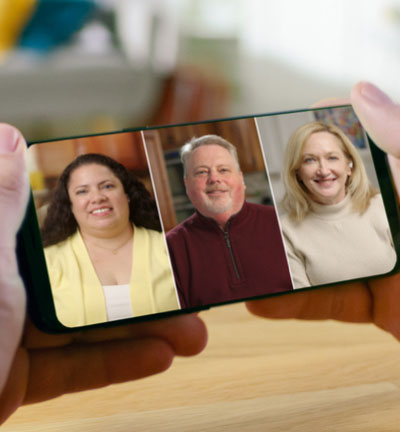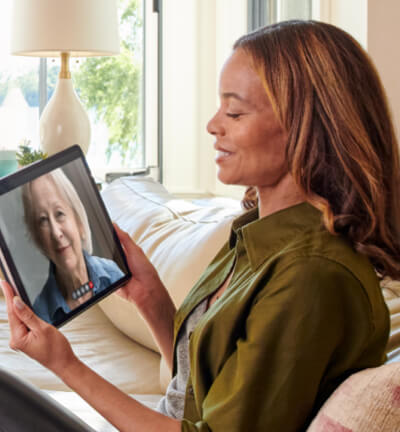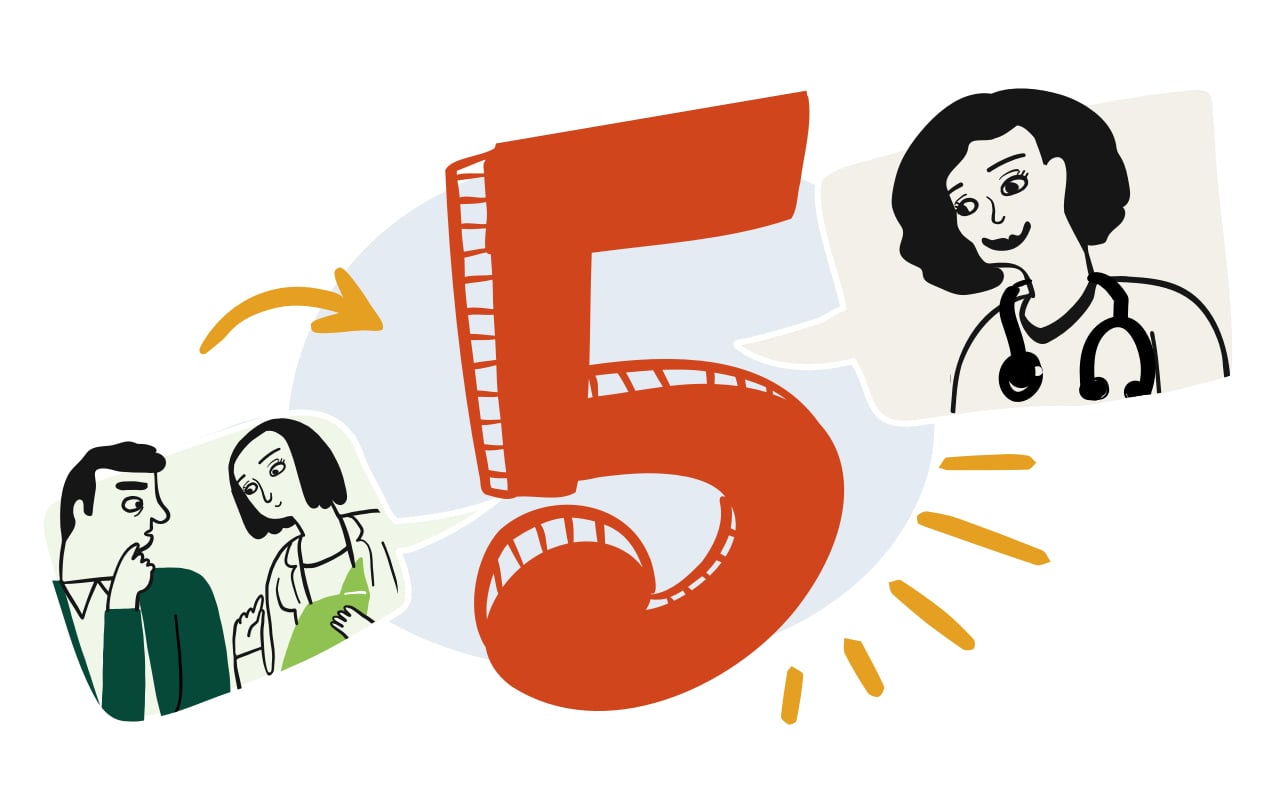Self-education is very helpful for folks when they're first diagnosed, because it will help eliminate some of that initial fear.
Everyone’s experience with MG is different
Many people who are diagnosed with MG have never even heard of the condition before. MG is a rare disease. A 2021 study estimated that 37 out of every 100,000 people in the U.S. had MG. It affects people of all ages and races but is slightly more common in women under 40 years old and in men over 50 years old.
Each person experiences MG differently, so it’s helpful to start understanding how MG impacts you. One way to do this is learning how to track your symptoms with the Myasthenia Gravis Activities of Daily Living (MG-ADL) scale. Consistently using this tool can help you and your doctor better understand MG’s impact on your daily life by providing a self-assessment of the severity of your symptoms.
You can also use this MG management discussion guide that includes common questions to start the conversation with your doctor about managing your MG and what treatment may work best for you.
The science of MG
Learning more about your illness can help pull back the curtain on some of the mysteries of MG, but you still may be wondering why you are experiencing these symptoms. MG is caused by a disruption in communication between the nerves and the muscles in an area called the neuromuscular junction. MG is an autoimmune disease where the immune system mistakenly attacks your muscles in that area, stopping them from properly receiving messages from the nerves. For more details, watch this video that breaks down the science of how MG works in the body.
What treatments are available?
The treatment landscape for MG continues to evolve, and there are now many treatment options available. Those options run the gamut—from steroids, to bloodstream therapies, to biologics.
You should always feel empowered to speak to your healthcare team if you have questions about your treatment or if you're interested in exploring other treatment options. It’s important to advocate for yourself and work with your healthcare team to set personal goals.
One treatment option is biologic therapy. It’s been used for decades to treat other conditions, and there are two subtypes that are approved for various types of generalized MG. Whether you’re interested in exploring a change or add-on treatment to your current treatment plan, biologics can be considered. Learn more about how biologics work and how they may fit into your treatment plan.
Make sure to always consult your healthcare team with any questions about your treatment plan and personal goals.
Initially, I had so many questions, about my career, my future, my life. And I found answers in the MG community .
Moving forward and finding your MG community
This is just the beginning of your MG journey, and there’s going to be a learning curve. Don’t forget that you are not alone. Dawn* is a support group leader who was diagnosed with MG in 2003, and she believes it’s essential to connect with the MG community. She says, “More than anyone, the people already diagnosed with MG are going to be the best resource for what to truly expect.”
Talk to someone who gets it
Let’s Talk MG lets you virtually connect one-on-one with an MG Guide, a person living with, or supporting someone with, MG. Share your challenges, talk about your experiences and hear personal insights that may help you better manage life with MG. Plus, get valuable resources to help have meaningful conversations with loved ones and your healthcare team.
Find stories from your community
Read about people just like you, people with experiences you can relate to and wisdom to help guide your MG journey. These stories from the MG United community may help you find comfort, encouragement and a spirit of togetherness. You might even be inspired to share your story.
Connect with advocacy groups
You can find communities with people who have been living with MG for a long time and are eager to help others. MG United also partners with several advocacy groups that work together to help improve the quality of life for people living with MG every day. Consider finding a support group near you and give a meeting a try.
MG is unpredictable, but arming yourself with knowledge, support and guidance from your MG community and care team can empower you to keep pushing for your goals as you continue your journey.
Additional resources
With MG, there’s always something new to learn. Now that you know the basics of MG and have a strong foundation, here are some additional resources that may support you on your journey.











